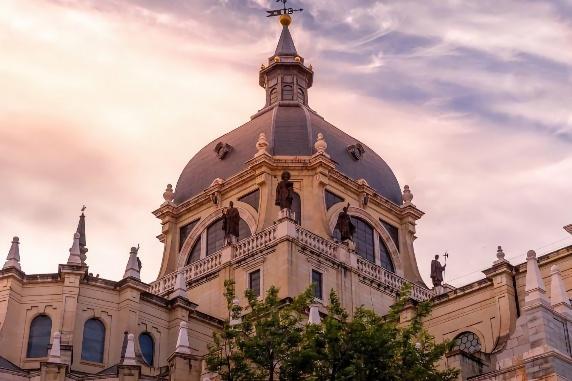Bali Beyond the Tourist Trail: Dive into Local Life

Contents [hide]
Venture beyond the typical tourist path. You’ll find a vibrant culture steeped in centuries of history, spiritual traditions, and everyday rituals that shape the rhythm of life on the island. Bali is more than just a pretty backdrop; it is a living, breathing tapestry of history and culture.
When the rest of Indonesia converted to Islam in the 16th century, Bali became a refuge for artists, intellectuals, and priests fleeing Java. This cultural migration solidified Bali as a Hindu culture center, preserving practices and beliefs that have since evolved uniquely.
As the centuries rolled on, Bali continued to attract foreign attention; the arrival of Dutch colonizers in the late 18th century marked a period of cultural exchange, albeit under the shadow of colonial rule.
Purify Your Spirit at Tirta Empul

To truly experience the essence of Bali, consider participating in a water cleansing ritual at Tirta Empul. This sacred site offers a unique opportunity to witness and partake in a profoundly spiritual tradition Balinese Hindus have practiced for centuries. Water cleansing rituals, known as melukat, are a cornerstone of Balinese Hindu practice.
The rituals, held at sacred sites like Tirta Empul, are believed to cleanse the soul of negative energies, purify the mind, and rejuvenate the spirit. For the Balinese, water is a powerful symbol of purity, life, and rejuvenation, and cleansing in these sacred springs is essential for maintaining spiritual balance and harmony.
Locals frequent Tirta Empul, particularly during significant Hindu celebrations and religious ceremonies, to participate in the cleansing ritual. This isn’t just a casual dip in the water; it is a profound spiritual practice meant to align oneself with positive energy and renew one’s commitment to living a balanced, mindful life.
Cooking Classes: A Deep Dive into Balinese Culture

If you want to immerse yourself in Balinese culture beyond its picturesque landscapes and serene temples, rolling up your sleeves for a Balinese cooking class should be high on your itinerary. Cooking classes offer a unique, hands-on experience that introduces you to the heart of Balinese life and its food.
This isn’t just about learning to cook; it’s about understanding the rich tapestry of traditions, influences, and flavors that shape Balinese cuisine and, by extension, its culture. Balinese cuisine is a delightful fusion of influences from various parts of Indonesia, as well as from China and India.
Rice isn’t just food; it symbolizes life and prosperity and plays a vital role in religious ceremonies and daily offerings to the gods. Food in Bali goes beyond mere sustenance; it’s a cultural expression, a form of devotion, and a communal experience.
The Spellbinding Kecak Dance at Uluwatu Temple

Dance is the beating heart of Balinese culture, a dynamic art form passed down from generation to generation. From a young age, children in Bali, both boys and girls, are taught the intricate movements, gestures, and expressions that define these traditional dances.
For travelers wanting to immerse themselves in this rich cultural heritage, learning a traditional dance can be a profoundly enriching experience. Many villages offer classes for tourists, while resort-style hotels often host dance workshops.
There are numerous traditional dances to explore, each telling its own unique story, like the refined Legong, performed by young girls in vibrant gowns and intricate gold accessories, or the powerful Baris, a warrior’s dance symbolizing the preparation for battle. Among all these vibrant expressions, the Kecak Dance is undoubtedly the most mesmerizing and dramatic.
The Iconic Garuda Wisnu Kencana Statue

The park’s centerpiece is undoubtedly the towering statue of Garuda Wisnu Kencana, standing at an impressive 120 meters. Depicting the Hindu god Wisnu riding on the back of Garuda, a mythical eagle-like creature, this statue is a marvel of modern engineering and a powerful symbol of spiritual significance.
The figure of Garuda holds deep meaning for Indonesians, symbolizing freedom, strength, and the triumph of good over evil. As the national emblem of Indonesia, Garuda represents the country’s victory over oppression and its journey towards independence.
This symbolism makes the park a meaningful site for locals and tourists, adding depth to its breathtaking views. Additionally, the park features mesmerizing Rindik instrumental concerts.
Experience the Art of Batik

The word Batik is derived from the Javanese term tik, which means to dot. While Batik techniques can be found in countries like Malaysia, China, and Japan, Indonesian Batik stands out for its deep symbolism, complexity, and the skill required to produce it. UNESCO recognized Indonesian Batik as a Masterpiece of the Oral and Intangible Heritage of Humanity.
From Yogyakarta’s geometric designs to Bali’s more naturalistic patterns, every piece of Batik tells a story. For those looking to go beyond merely appreciating this art form, participating in a Batik workshop in Bali is an unforgettable experience.
Ubud, known as the cultural heart of Bali, offers several workshops hosted by local artists where you can learn the basics of Batik-making.


